Dry: A Weekly Western Drought Digest — August 2, 2022
By Delaney Nelson, Circle of Blue – August 2, 2022
TOP NEWS
- As of July 26, over 43 percent of the U.S. and Puerto Rico is in drought, up one percentage point in the last month.
- The U.S. House of Representatives passes a wildfire and drought package to address declining water levels and dry conditions.
- Colorado Parks and Wildlife predicts some of its reservoirs will completely dry up in coming weeks.
- A city in northern Texas expects to run out of water for its residents as drought conditions persist.
THE NUMBERS
- More than 121 million people live in areas experiencing moderate drought conditions or worse. According to the U.S. Drought Monitor, dry conditions are present across 229 million acres of cropland.
- While drought conditions slightly improved in states such as Washington, Montana, South Dakota and Michigan, drought worsened in other parts of the country, including New Jersey and Rhode Island.
- Officials in Las Vegas, New Mexico declared a water emergency last week, stating the reservoirs upon which the city relies contain less than 50 days of stored water at the current consumption rate. Over 97 percent of the county is in severe drought. The city’s main water source, the Gallinas River, is contaminated with debris and ash from the Calf Canyon-Hermits Peak fire, the largest wildfire in New Mexico history. Gov. Michelle Lujan Grisham signed an executive order allocating $2.25 million in state emergency funds to the city to repair damages and ensure residents have access to clean water.
STATUS OF TOP RESERVOIRS/COLORADO RIVER
- Lake Mead is 27 percent full, at an elevation of 1,041 feet.
- Lake Powell is 27 percent full, at an elevation of 3,536 feet.
- By the end of the year, the combined storage of Lakes Powell and Mead will have declined from 95% full at the beginning of the century to 25% full, according to a study published in July in the journal Science.
- Upper basin states continue to resist federal demands to cut their use of Colorado River water, arguing the three lower basin states and Mexico should be responsible for a majority of the cuts, since they use twice as much water combined as the upper basin.
WILDFIRE AND DROUGHT LEGISLATION
The U.S. House of Representatives passed a wildfire and drought package last week intended to tackle the climate crisis. The legislation, which still needs to pass the Senate, would allocate up to $500 million to the Interior Department to address declining water levels in lakes Powell and Mead. It would also implement cost-sharing requirements to ease tribal access to conservation projects and allow tribes to lease conserved water for use off of reservation. The package includes measures to establish a multi-agency initiative to enhance federal water data and allocate more funding to water recycling and desalination programs.
COLORADO
Colorado Parks and Wildlife announced an immediate emergency fish salvage on two Easter Plains reservoirs amid severe drought, increased irrigation demands, and declining water levels. The agency expects both the Jumbo and Queen reservoirs to run dry and lose all fish in the coming weeks. In response, it suspended fishing limits to “optimize use of the fishery resource.” Currently, 79 percent of the state is experiencing some form of drought, a 41 percentage point increase since this time last year. Recent rainfall from the North American monsoon has alleviated some dry conditions in eastern counties.
TEXAS
Officials from Gunter, a city in northern Texas in severe drought, told residents last week that they expected to run out of water by the next morning due to excessive water consumption putting strain on its wells. The city urged residents to cease all outdoor watering and avoid using dishwashers, washing machines, showers, and sinks. Gunter has not yet run out of water, but the city has prohibited outdoor watering and continues to urge residents to limit their indoor water use. Over 97 percent of Texas is experiencing some form of drought and nearly a fifth is in exceptional drought. The state witnessed its hottest July on record, reaching its highest levels of drought since 2011.
WHAT’S AHEAD
The National Weather Service Climate Prediction Center forecasts above-normal precipitation and below-normal temperatures in many areas throughout the western states. This may alleviate dry conditions in the region but are not expected to dampen the region’s long-term drying conditions.
The National Interagency Fire Center published its August fire outlook. The agency anticipates above-normal fire risk in northern California, eastern Oregon and Washington, western Montana, and most of Oklahoma and Texas.

Graphic: National Interagency Fire Center
Delaney Nelson is an intern for Circle of Blue covering drought in the American West. She writes Circle of Blue’s weekly roundup of drought in the American West. She’s a rising senior at Northwestern University studying journalism, political science, Spanish and environmental policy. In her free time, she likes to hang out with her dogs, play soccer and swim in Lake Michigan.

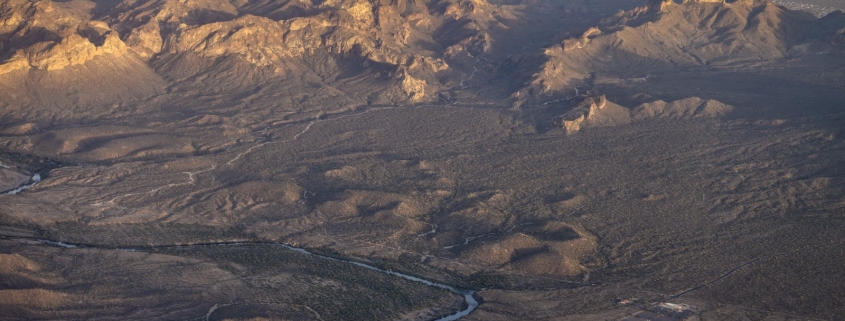 © J. Carl Ganter / Circle of Blue
© J. Carl Ganter / Circle of Blue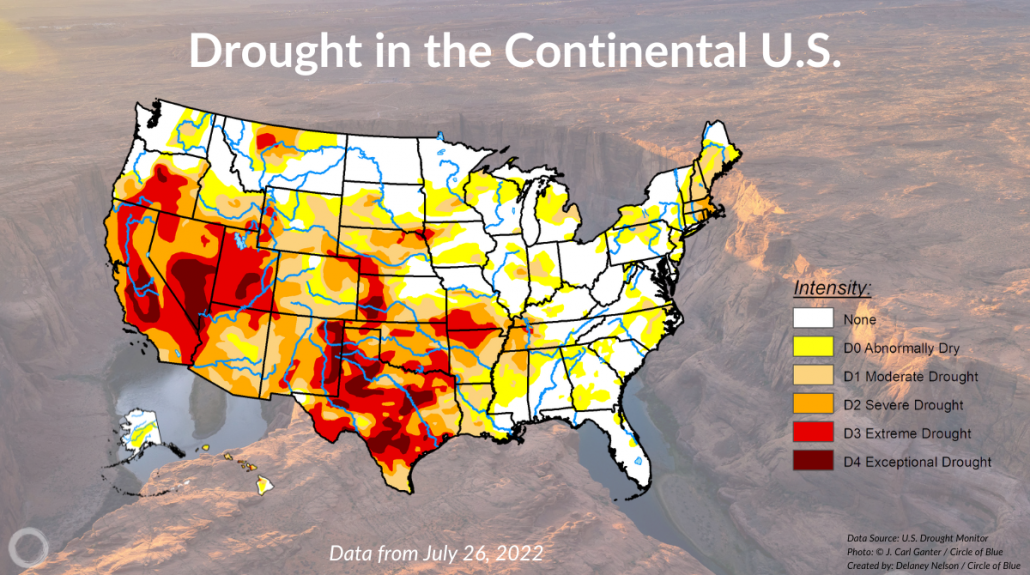
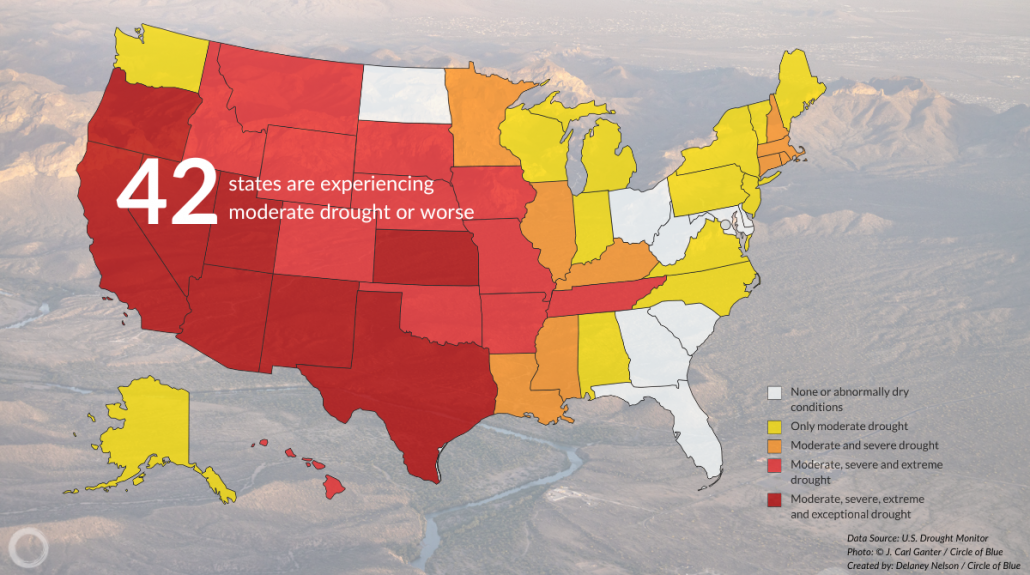



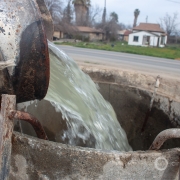
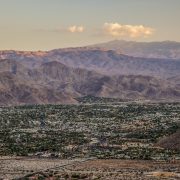

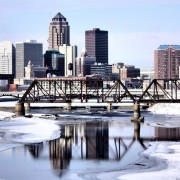


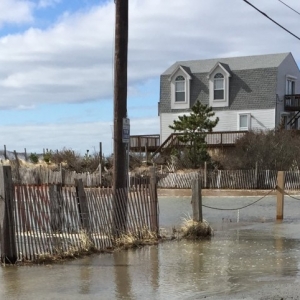

Leave a Reply
Want to join the discussion?Feel free to contribute!